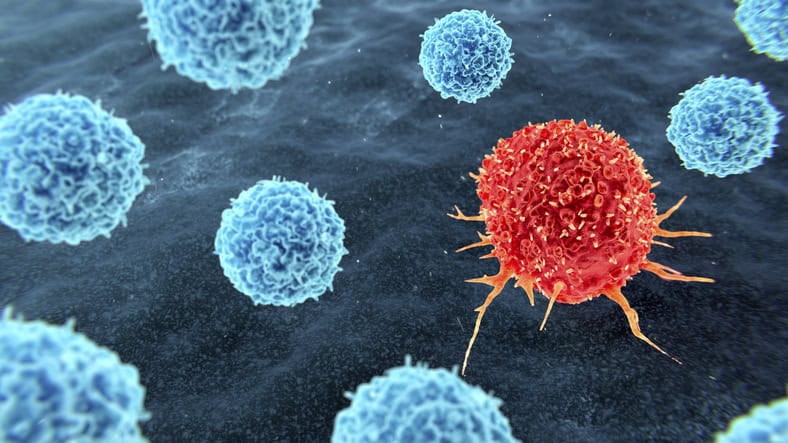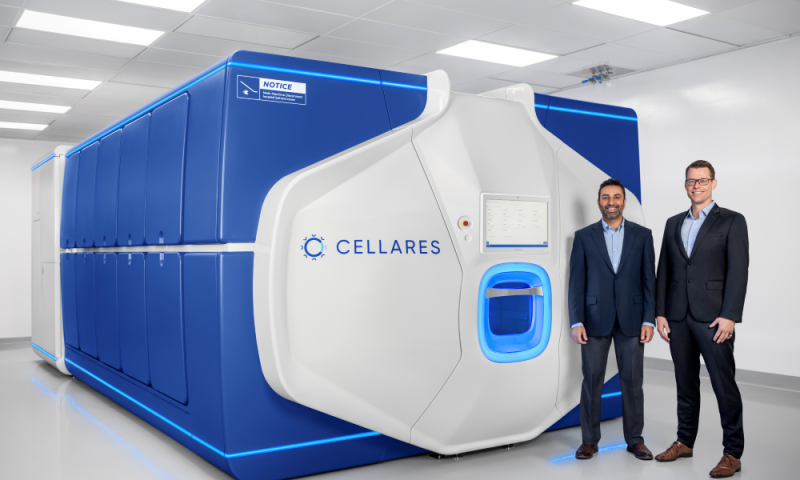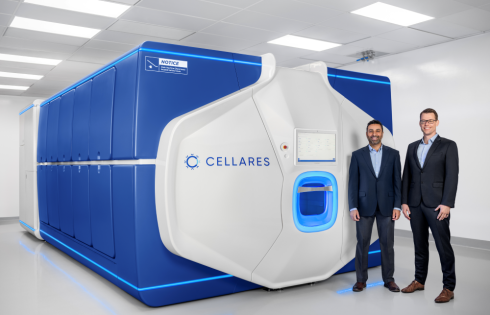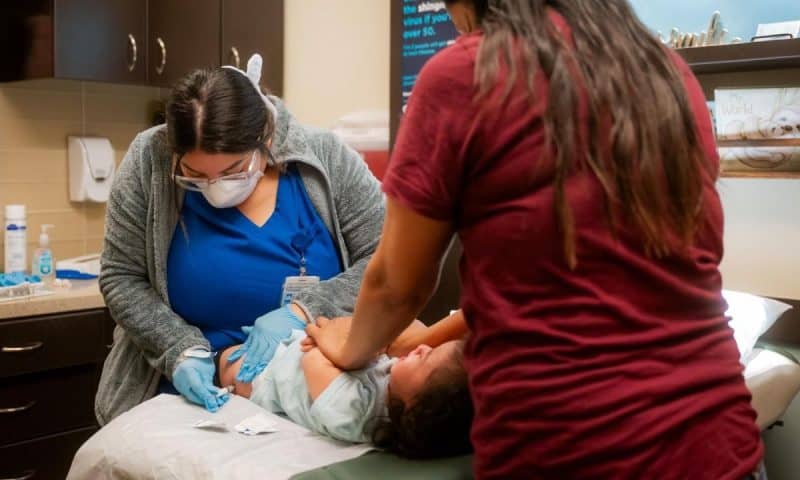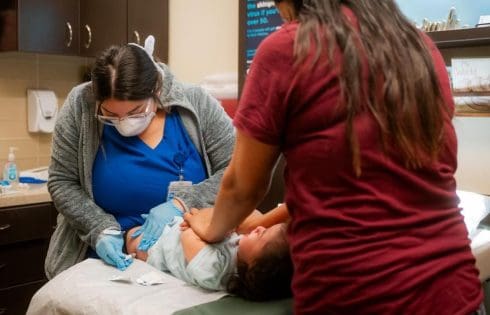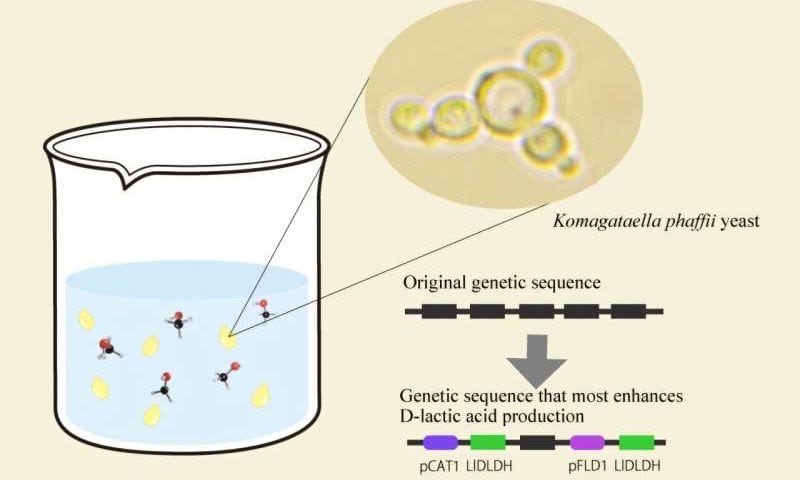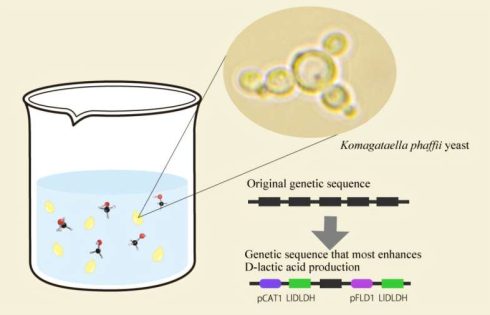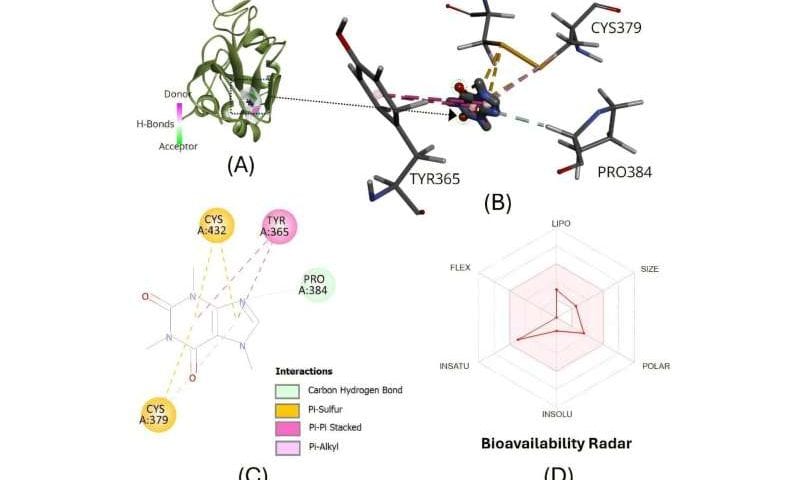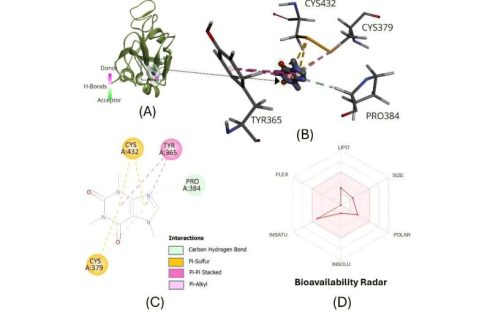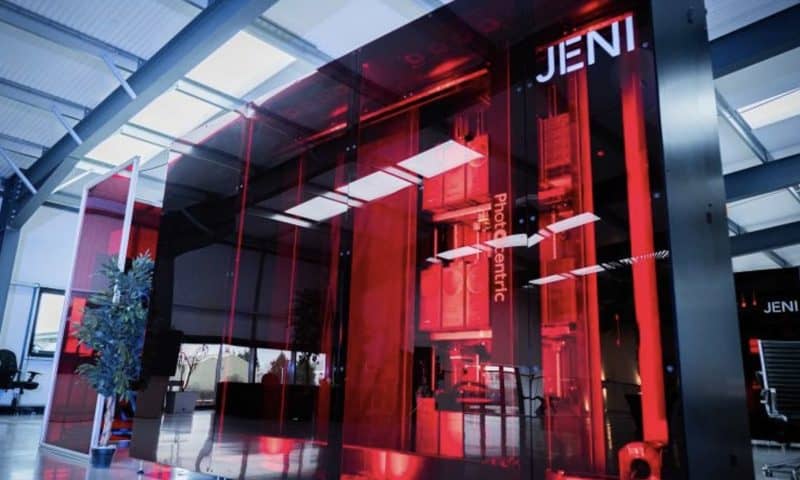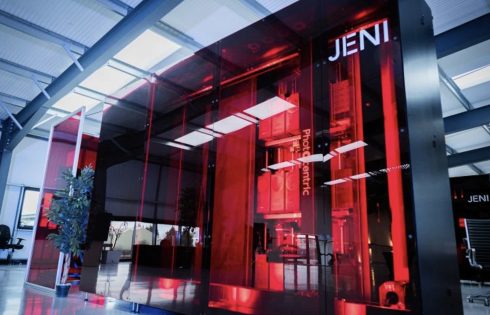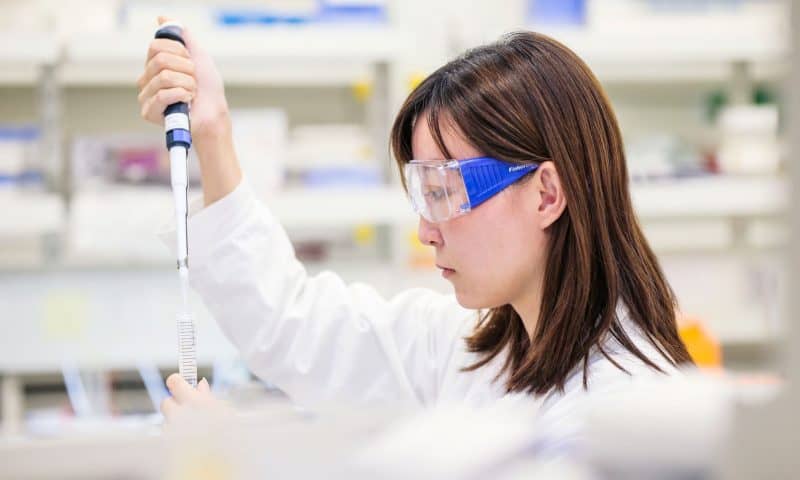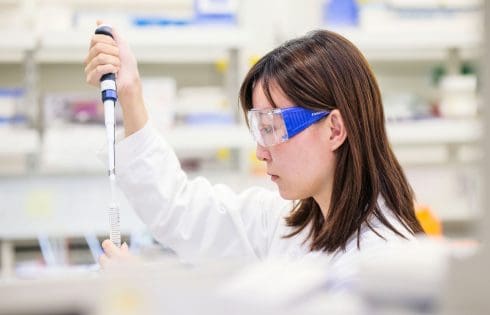Xcellbio and Royal Perth Hospital Collaborate on Development of an Automated TIL Manufacturing Workflow
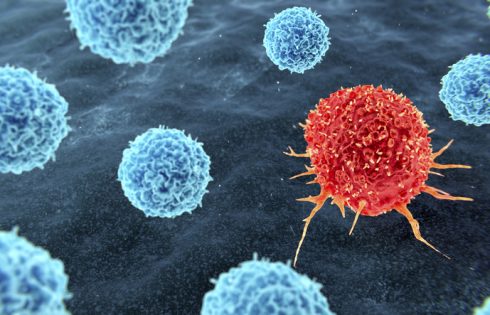
Xcell Biosciences Australia, an affiliate of Xcell Biosciences, and Royal Perth Hospital agreed to collaborate on developing an automated, clinical-scale manufacturing workflow for therapies based on tumor-infiltrating lymphocytes (TILs) using the AVATAR™ Foundry system. The goal is to empower Royal Perth Hospital physicians and clinical researchers to rapidly manufacture TIL therapies for use in clinical trials.
TIL therapies are a promising type of cellular immunotherapy used to treat a broad range of solid malignant tumors, with the first FDA approval of a TIL-based therapy taking place in 2024. These therapies have proven to achieve durable complete responses in patients but require tens of billions of therapeutic cells to achieve sufficient clinical potency.
Current manufacturing processes for TIL therapies are cumbersome and slow, requiring many weeks of manual and labor-intensive efforts to achieve an effective dose, according to Brian Feth, co-founder, and CEO at Xcellbio.
Manufacture potent cell therapies
To address these challenges, Xcellbio has developed the AVATAR platform to expedite the development and manufacture of potent cell therapies. The platform uses a proprietary incubation technology to enhance the metabolic fitness of TILs, resulting in a potent and persistent therapeutic product that can overcome the immunosuppressive tumor microenvironment, explained Feth.
The AVATAR Foundry system was designed to produce cell therapies under current Good Manufacturing Practice (cGMP) protocols in a fully automated capacity.
“At Royal Perth Hospital, we are dedicated to exploring cutting-edge approaches for cell therapies to enable the best care for our patients,” said Zlatibor Velickovic, PhD, director of the Ray and Bill Dobney Cell and Tissue Therapies WA facility at Royal Perth Hospital. “We are excited to team up with scientists at Xcellbio to develop a much-needed automated workflow for TIL manufacturing, and to implement the AVATAR Foundry system as the newest technology innovation in our center.”
Xcellbio scientists will work with the Royal Perth Hospital team to develop an automated TIL manufacturing process based on the AVATAR platform that achieves key goals for cell quality, quantity, and potency. The resulting workflow will be established in the hospital’s cell therapy facility to support clinical trials using TILs.
“The emerging therapeutic class of tumor-infiltrating lymphocytes is incredibly exciting, in particular for solid tumors. Current manufacturing processes require long expansion times and high cell doses to be effective in patients. The AVATAR platform will reduce manufacturing time and increase therapeutic potency,” noted James Lim, co-founder, and CSO at Xcellbio.
“We are pleased to join forces with this group to improve TIL manufacturing and to make these important therapies a more feasible option for patients in Australia and, ultimately, around the world,” said Feth.

